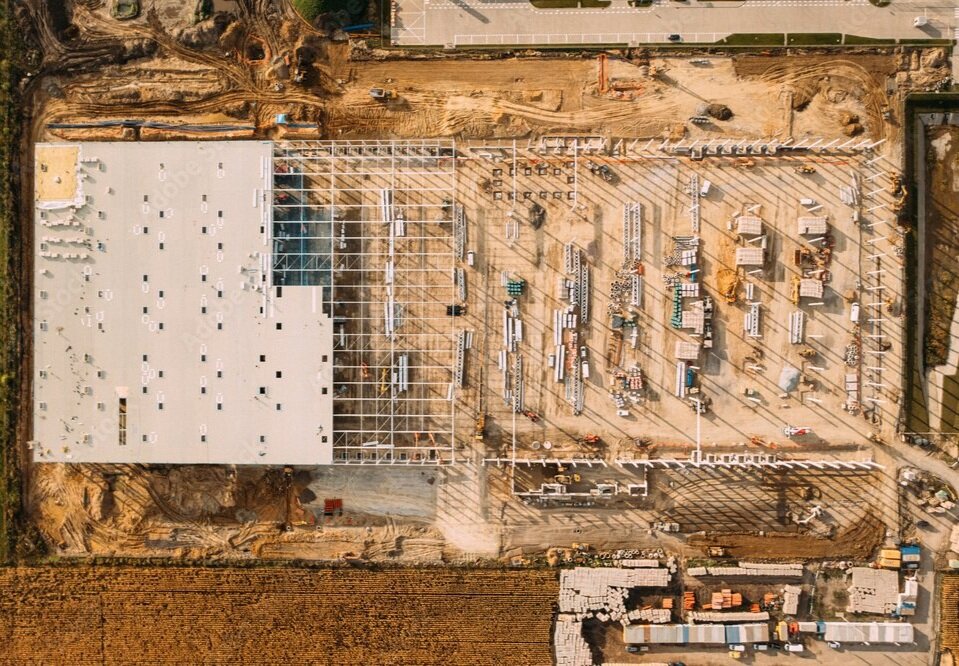Soaring Above: A Comprehensive Guide to Drone Progress Monitoring
Introduction: In today's fast-paced world, keeping up with construction projects, environmental assessments, and infrastructure developments can be a daunting task. Traditional methods of progress monitoring often come with limitations such as time constraints, accessibility issues, and high costs. However, with the advancement of technology, particularly in the realm of drones, monitoring progress has become more efficient, accurate, and cost-effective than ever before.
Enter drone progress monitoring – a revolutionary approach that allows project managers, engineers, and stakeholders to gain real-time insights into their projects from a bird's eye view. In this comprehensive guide, we'll explore the benefits, best practices, and key considerations of drone progress monitoring.
Understanding Drone Progress Monitoring
Drone progress monitoring involves the use of unmanned aerial vehicles (UAVs) equipped with high-resolution cameras, sensors, and GPS technology to capture aerial imagery and data of construction sites, infrastructure projects, and more. These drones are deployed at regular intervals to collect data, which is then processed and analyzed to track progress, identify potential issues, and make informed decisions.
Benefits of Drone Progress Monitoring
Enhanced Visibility: Drones provide a comprehensive view of the entire project site, allowing stakeholders to monitor progress from various angles and perspectives.
Improved Accuracy: High-resolution imagery and data captured by drones offer precise measurements and insights, reducing the margin for error compared to traditional monitoring methods.
Cost-Effectiveness: Despite the initial investment in drone technology, the long-term cost savings are substantial when compared to manual labor and equipment required for traditional monitoring.
Time Efficiency: Drones can cover large areas in a fraction of the time it would take for ground-based monitoring, enabling faster decision-making and project turnaround.
Safety: By reducing the need for personnel to access hazardous or hard-to-reach areas, drones contribute to improved safety outcomes on construction sites.
Best Practices for Drone Progress Monitoring
Pre-flight Planning: Before each mission, conduct thorough pre-flight planning, including airspace checks, weather assessment, and flight path mapping.
Quality Equipment: Invest in high-quality drones equipped with advanced cameras and sensors to ensure accurate data capture.
Regular Data Collection: Establish a consistent schedule for drone flights to capture data at key milestones throughout the project lifecycle.
Data Processing: Utilize reliable software and tools to process and analyze the data collected by drones, extracting actionable insights for decision-making.
Collaboration and Communication: Foster collaboration between project teams, stakeholders, and drone operators to ensure that the data collected aligns with project goals and objectives.
Key Considerations
Regulatory Compliance: Familiarize yourself with local regulations and obtain necessary permits or licenses for drone operations in your area.
Data Security: Implement measures to safeguard sensitive data collected by drones, including encryption and secure storage protocols.
Environmental Factors: Be mindful of weather conditions, terrain features, and other environmental factors that may impact drone operations and data quality.
Skill and Training: Ensure that drone operators are adequately trained and certified to operate UAVs safely and proficiently.
Scalability: Consider the scalability of drone progress monitoring for future projects and explore opportunities to integrate drones into existing workflows and processes.
Conclusion
Drone progress monitoring represents a paradigm shift in the way we monitor and manage construction projects, infrastructure developments, and environmental assessments. By leveraging the power of aerial imagery and data, stakeholders can gain unparalleled insights into their projects, leading to improved decision-making, cost savings, and safety outcomes. As technology continues to evolve, the potential for drone progress monitoring to revolutionize the way we approach project management is limitless. Embrace the future of monitoring from above and soar to new heights of success.
Contact 504 Drone Imaging today to harness the power of drones for your business needs.


